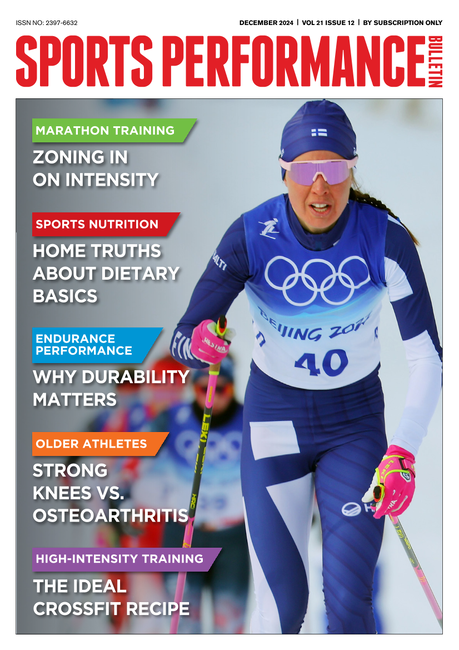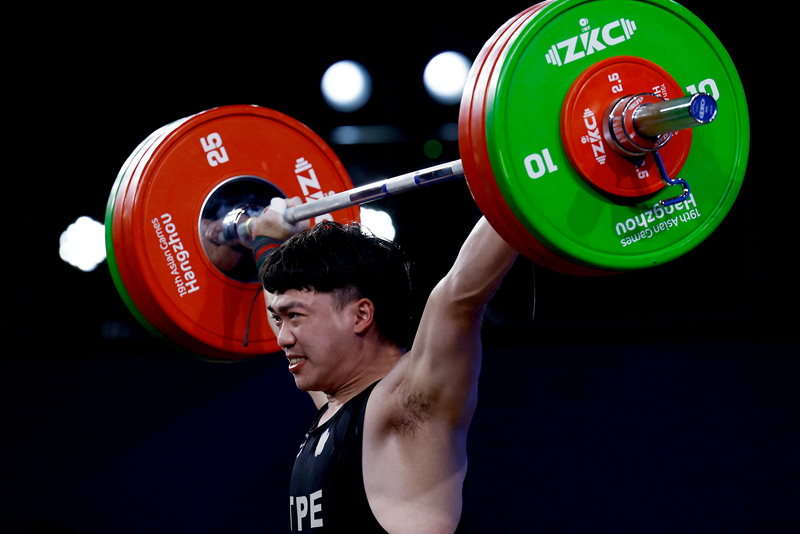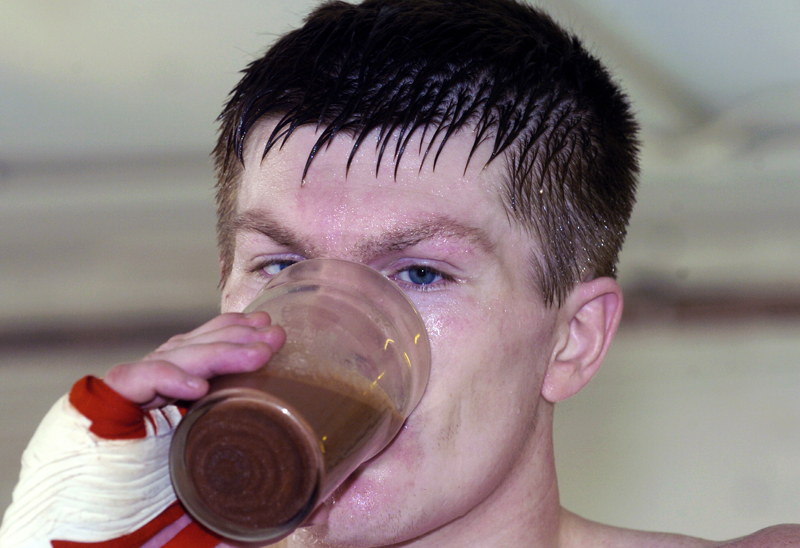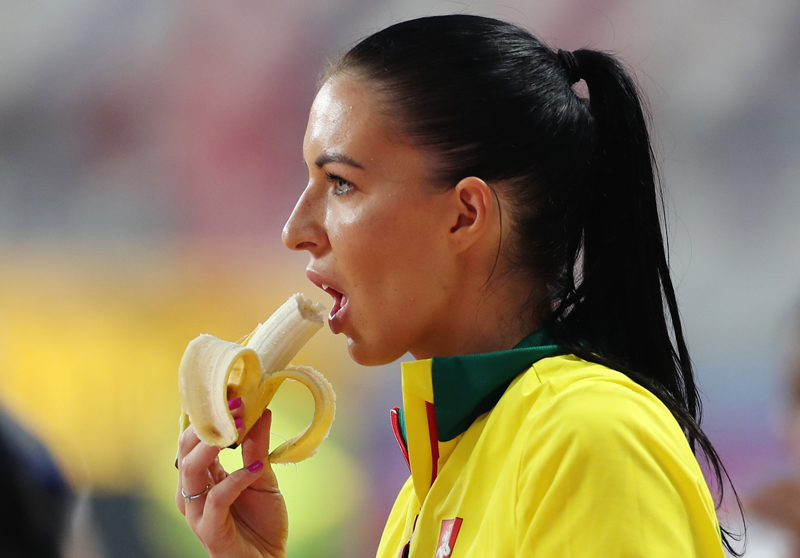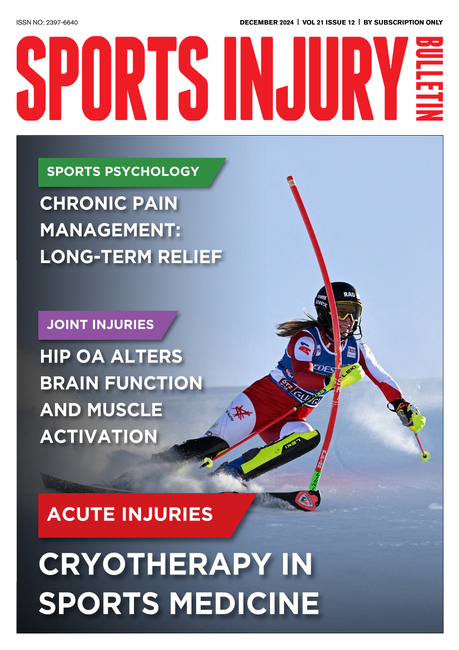You are viewing 1 of your 1 free articles. For unlimited access take a risk-free trial
Carbohydrate drinks and performance: slower releasing for fast performance?
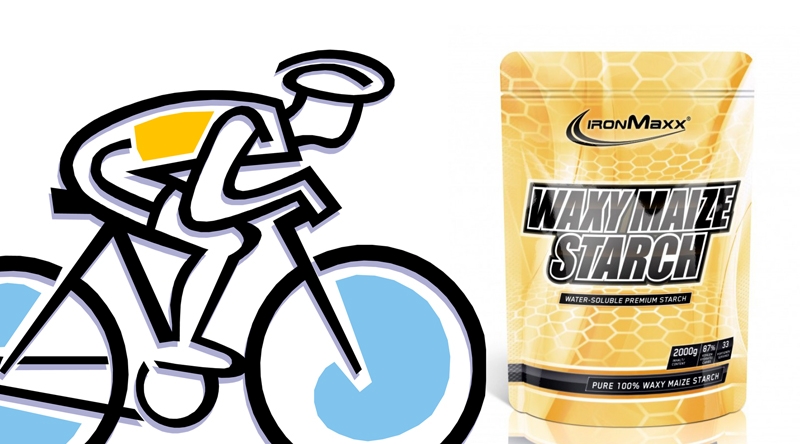
Andrew Hamilton looks at research into slower-releasing energy drinks and asks whether they could help sports performance when taken before exercise
Since they became popular in the late 1990s, sports drinks have continued to evolve and improve. This is in large part down to our growing understanding of the molecular biology involved in the nutritional demands of energy production during exercise – and the technological advances that have allowed scientists to observe the processes of energy absorption and its release at the cellular level. A good example of this evolving understanding was the development of a new breed of glucose/fructose energy drinks. By understanding the limitations of glucose transport into muscle cells, scientists realised that by combining glucose with fructose, the rate of carbohydrate uptake could be enhanced, thereby prolonging endurance during longer events (you can read more about glucose/fructose drinks in this Sports Performance Bulletin article).Most of the research into carbohydrate energy drinks to date has focussed on one of two strategies:
- Extending endurance by topping up carbohydrate during exercise. By supplying ingested carbohydrate during exercise, stored muscle carbohydrate (glycogen) is spared, extending the ability to perform (since depleted muscle glycogen invariably results in fatigue and reduced performance).
- For refuelling after exercise. Research shows that ingesting rapidly absorbed carbohydrate after exercise enhances the replenishment muscle glycogen replenishment. Faster and more rapid glycogen replenishment means that an athlete is ready to train or race again sooner.
Pre-exercise carbohydrate
However, one overlooked area of carbohydrate nutrition is the effect of pre-exercise carbohydrate on subsequent performance. There’s persuasive evidence from previous studies that to avoid energy peaks and troughs, meals containing an abundance of fast-releasing (high-glycaemic - rapidly digested and absorbed) carbohydrates should not be consumed in a pre-exercise meal (2-4 hours prior to exercise), and that instead, slow-releasing (low-glycaemic) carbohydrates are preferable. This is because slow-releasing pre-exercise carbohydrate consumption seems to enhance fat burning for energy, which therefore conserves muscle glycogen(1-3). [NB: for a more detailed discussion of glycaemic index and sport performance, see this article.) However, what’s less clear is whether a slow-releasing carbohydrate energy drink taken before or at the start of exercise might also be able to provide the same kind of benefits.There’s actually been very little research into this subject, but a few years back, a US study attempted to answer this precise question. In particular, the researchers sought to discover whether pre-exercise carbohydrate in the form of a ‘waxy maize starch’ drink could offer performance benefits over and above those of glucose-only (in the form of maltodextrin) drinks(4). Maltodextrin (fast releasing) and waxy maize starch (slow releasing) both consist of chains of glucose molecules, which is the ultimate source of energy during exercise. But the much longer and chain length in waxy maize starch means that the release of glucose into the bloodstream is slower and gentler (lower glycaemic index) than maltodextrin.
Cyclists and waxy maize starch
In this study, nine well-trained male cyclists fasted for ten hours before cycling for 150 minutes at 70% peak oxygen consumption (moderate to slightly hard intensity). Immediately after this two and a half hour ride, the cyclists completed a flat-out cycling-to-exhaustion trial at 100% peak oxygen consumption. This procedure was completed on two separate occasions. Thirty minutes before the trial and again 10 minutes after the trial, the subjects consumed 1g of carbohydrate per kilo of their body weight. However, the type of carbohydrate differed being either waxy maize starch or maltodextrin. Blood samples were taken throughout both trials to measure the cyclists’ responses to each drink. A week later, the trial was repeated but this time, the cyclists who had consumed waxy maize starch were given maltodextrin and vice-versa.The results showed that compared to maltodextrin, the waxy maize starch drink resulted in a very significantly reduced ‘insulin spike’, indicating a gentler rate of energy release (insulin is the hormone released when the body needs to quickly lower levels of blood glucose). Another finding was that although there were no performance gains during exercise after waxy maize starch, the cyclists’ levels of fat oxidation were significantly higher. From a biological perspective, these findings make sense; the gentler release of energy when consuming waxy maize starch means that the insulin system has less work to do to keep blood glucose levels under control. Moreover, we know that a less stimulated insulin system (ie lower levels of insulin and blood glucose) helps tilt energy metabolism away from carbohydrate and towards fat burning.
Seven years later
Although intriguing, the results of the above study were not picked up by other researchers at the time. However, fast forward to 2016, and another US study looked at the effects of ingesting pre-exercise slow-releasing carbohydrate on cycling performance(5). In this study, researchers from the Florida State University compared the performance effects of ingesting a carbohydrate drink taken 30 minutes before exercise and then again at 15-minute intervals during exercise. Importantly, this was a double-blinded, randomized, counterbalanced, and crossover study – the most scientifically rigorous and robust kind of study design.The cyclists underwent three trials on three separate occasions. The trials followed the same structure – 60 grams of carbohydrate 30 minutes prior to training then further drinks consumed every 15 minutes, delivering 60g per hour. However, the trials differed in terms of the drink consumed:
- In one trial, the cyclists consumed a fast-releasing (high GI) carbohydrate drink, consisting of glucose and fructose.
- In another trial, they consumed a hydrothermally-modified starch supplement (HMS), which tasted identical but was slow-releasing in nature (low GI).
- In the third trial, they consumed HMS as above, but during exercise, they only consumed 30g per hour.
- Sixty minutes at 50% maximum power.
- Two sets of four × 2-minute intervals at 80% max power, with intervals and sets separated by 2 minutes and 5 minutes at 50% maximum power respectively.
- Ten maximal sprints assessed for mean power. For each sprint and recovery period of the performance test, subjects were required to complete a given amount of work based on their maximum power. In these sprints, subjects completed the prescribed work as quickly as possible (within 2–3 minutes).
The findings
When the results were analysed, the researchers found the following:- There were no differences in sprint performance between the glucose/fructose drink and the HMS drink consumed at 60g per hour. However, performance when consuming the HMS drink at lower levels (30g per hour) resulting in a slight drop of around 4-5%.
- HMS drinks produced a very significant gain in fat burning during exercise (around 20-30% more) when compared to the glucose/fructose drink.
- The HMS drinks also resulted in lower rates (around 20% less) of carbohydrate burning – to be expected given fat burning rate was higher.
Figure 1: Gastric distress and drink consumption
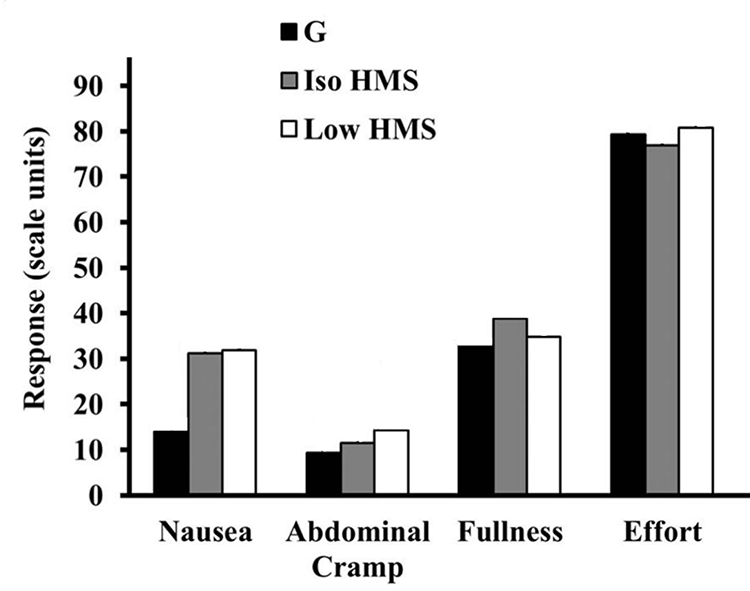
Units of distress measured by self-reporting scale. G = glucose/fructose drink; Iso HMS = low-GI drink consumed at 60g per hour during exercise;; Low-HMS = low-GI drink consumed at 30g per hour after exercise.
Practical advice for athletes
Do slow-releasing (low-GI) drinks have a part to play for athletes seeking maximum performance – either taken before or during exercise? Well, no study to date has found that these kinds of drinks actually lift performance above that obtained by more conventional drinks such as glucose or glucose/fructose combinations – either when taken before or during exercise. This is in contrast to glucose fructose drinks, which HAVE been shown to enhance maximum performance.However, that doesn’t mean that a slower-releasing drink (or gel) is not without benefits. The lower glycaemic index of drinks based on waxy maize starch and other slow-releasing carbohydrates produces a reduced insulin response, which has two possible benefits. Firstly, a pre-exercise waxy maize starch drink could reduce the risk of an ‘energy dip’ in sensitive individuals who are prone to blood sugar swings. These dips can result in weakness and/or wobbliness and tend to occur around 20-30 minutes into exercise, when blood sugar levels fall. The gentle and sustained lift in blood sugar provided by these drinks helps avoid that. Secondly, by increasing fat oxidation during longer, sub-maximal training sessions, these kinds of products could help during phases when an athlete is trying to reduce body fat/increase power-to-weight ratio – for example, when retuning to training after a holiday, illness or injury. However, during periods of very intense training such as race-pace efforts or lots of intense intervals, you are probably better off sticking to a fast-releasing drink/gel, taken 30+ minutes into exercise. Remember though, if your training sessions are under one hour in length, it’s unlikely that any carbohydrate drink or gel product will enhance performance. Instead, you should consider using caffeine – but that’s a whole different story!
References
- Med Sci Sport Exerc, 31:164-170, 1999
- Med Sci Sports Exerc, 31(3): 393-9, 1999
- Br J Nutr, 90(6): 1049-56, 2003
- Nutrition. 2011 Jun;27(6):659-65
- Nutrients. 2016 Jul; 8(7): 392
Newsletter Sign Up
Testimonials
Dr. Alexandra Fandetti-Robin, Back & Body Chiropractic
Elspeth Cowell MSCh DpodM SRCh HCPC reg
William Hunter, Nuffield Health
Newsletter Sign Up
Coaches Testimonials
Dr. Alexandra Fandetti-Robin, Back & Body Chiropractic
Elspeth Cowell MSCh DpodM SRCh HCPC reg
William Hunter, Nuffield Health
Keep up with latest sports science research and apply it to maximize performance
Today you have the chance to join a group of athletes, and sports coaches/trainers who all have something special in common...
They use the latest research to improve performance for themselves and their clients - both athletes and sports teams - with help from global specialists in the fields of sports science, sports medicine and sports psychology.
They do this by reading Sports Performance Bulletin, an easy-to-digest but serious-minded journal dedicated to high performance sports. SPB offers a wealth of information and insight into the latest research, in an easily-accessible and understood format, along with a wealth of practical recommendations.
*includes 3 coaching manuals
Get Inspired
All the latest techniques and approaches
Sports Performance Bulletin helps dedicated endurance athletes improve their performance. Sense-checking the latest sports science research, and sourcing evidence and case studies to support findings, Sports Performance Bulletin turns proven insights into easily digestible practical advice. Supporting athletes, coaches and professionals who wish to ensure their guidance and programmes are kept right up to date and based on credible science.






